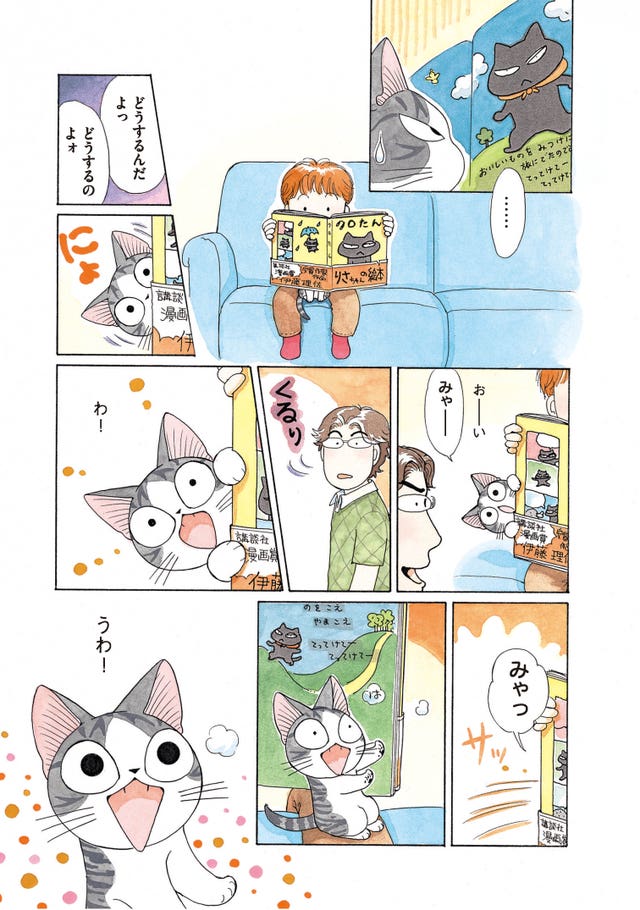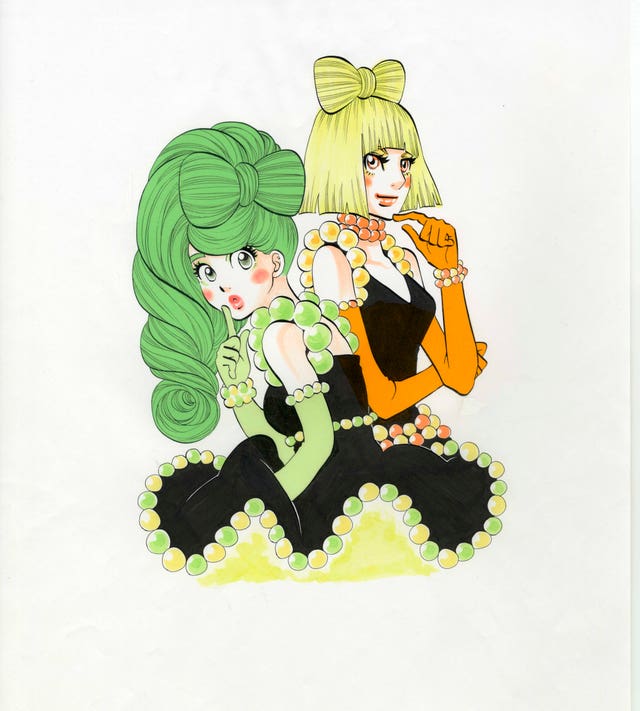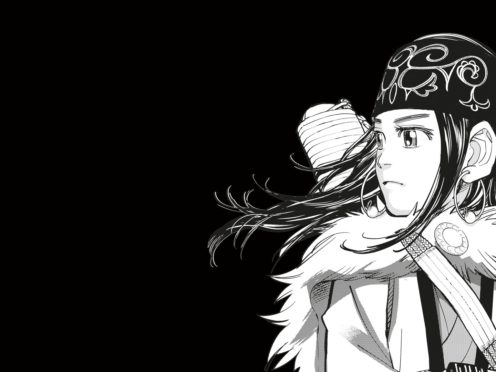A British Museum exhibition on manga, the Japanese comic books, will not shy away from adult themes.
Opening next year, it will feature the largest display of manga, a billion-dollar industry, held outside Japan.
Visitors will be able to “enter a virtual rendering of the oldest surviving manga bookshop in Tokyo and go inside the artists’ world”, with the display featuring “unprecedented loans from across Japan”.
Curator Nicole Rousmaniere said that horror and sexuality, depicted in some manga comics, would be addressed.

“We’re not going out of our way to show particularly prurient examples … everything is family friendly,” she said, but added: “There is some horror. There’s violence. The horror could be disturbing.
“But when you have the Road Runner and Coyote (cartoon), that gets killed every 30 seconds, I think children are pretty used to violence.”
She said any horror would be accompanied by a warning, adding: “It shows you possibilities and frightening outcomes without hitting you over the head. It’s incredibly subtle.”
The exhibition will also feature “a very important part of Japanese manga called BL – Boys Love – expressions of love between younger men.
“It’s in general drawn by women and the audience is women,” Rousmaniere said.

“It focuses less on the sexuality although the sexuality is shown. It’s more the romance.”
One such comic features “gay vampires … It’s fantastic, heart-wrenching. It’s about outcasts,” she said.
Manga, also a form of graphic novel, are serialised in magazines and have surged in popularity, attracting a global audience.
The exhibition, which will also examine the success of Japanese video game Pokemon, will open in May next year, showing there “is a manga for everyone”.
It will range from manga’s roots in 19th century designs by Katsushika Hokusai and Kawanabe Kyosai, through to contemporary works.

One of the most popular manga, spanning 90 volumes, has been One Piece, chronicling the adventures of Monkey D Luffy and his band of young pirates as they travel the seas in search of the world’s greatest treasure.
Other manga can explore serious issues, such as Princess Jellyfish, aimed primarily at women and exploring expression of gender and identity through a fictional apartment building in Tokyo where only female tenants are allowed.
Highlights of the exhibition will include the Shintomiza Kabuki Theatre Curtain, on loan from Tokyo, which is nearly 56ft (17m) long and 13ft (4m) high and features painted demons and ghosts.
It will be the last time the curtain, made in 1880 by artist and manga creator Kawanabe Kyosai, travels outside Japan because of its delicate nature.
The British Museum said manga had “forged a new international visual language”.
Its director, Hartwig Fischer, said: “The modern graphic art of story-telling first perfected in Japan, is now loved all over the world.
“Building on Japan’s centuries-old tradition, the best manga have the visual power to excite us and draw us into their world, with inventive storylines that engage our emotions.”
The Citi Exhibition: Manga runs from May 23 to August 26 2019.
